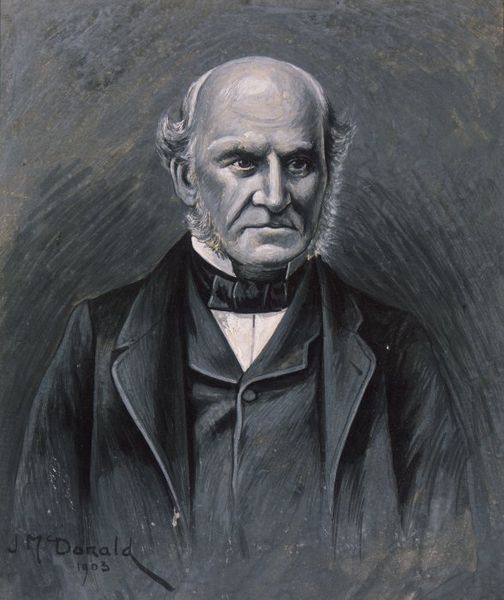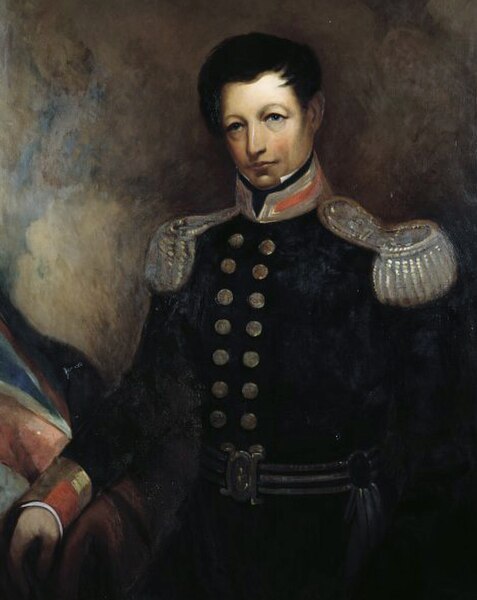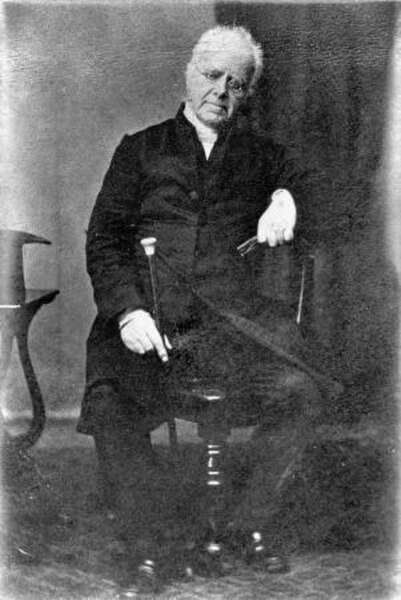Waitangi Day, the national day of New Zealand, marks the anniversary of the initial signing—on 6 February 1840—of the Treaty of Waitangi. The Treaty of Waitangi was an agreement towards British sovereignty by representatives of the Crown and indigenous Māori chiefs, and so is regarded by many as the founding document of the nation.
Traditional celebrations at Waitangi
Treaty House and grounds at Waitangi, where the treaty was first signed. The first Waitangi Day was celebrated in the grounds on 6 February 1934.
Norman Kirk and a Māori boy on Waitangi Day, 1973
The challenge at Waitangi Day, 1976, with Prime Minister Robert Muldoon present
The Treaty of Waitangi, sometimes referred to as Te Tiriti, is a document of central importance to the history of New Zealand, its constitution, and its national mythos. It has played a major role in the treatment of the Māori people in New Zealand by successive governments and the wider population, something that has been especially prominent from the late 20th century. The treaty document is an agreement, not a treaty as recognised in international law, and has no independent legal status, being legally effective only to the extent it is recognised in various statutes. It was first signed on 6 February 1840 by Captain William Hobson as consul for the British Crown and by Māori chiefs from the North Island of New Zealand.
The Waitangi Sheet of the Treaty of Waitangi
James Busby, British Resident in New Zealand. He drafted a document known as the Declaration of the Independence of New Zealand.
Captain William Hobson
Rev Henry Williams, who translated the treaty into Māori with the help of his son Edward Marsh Williams.








